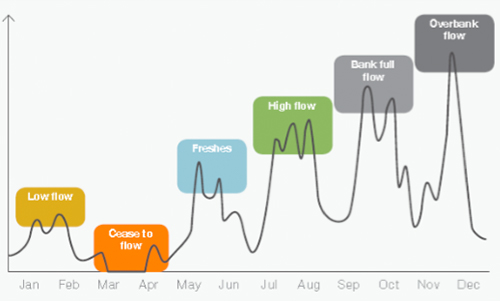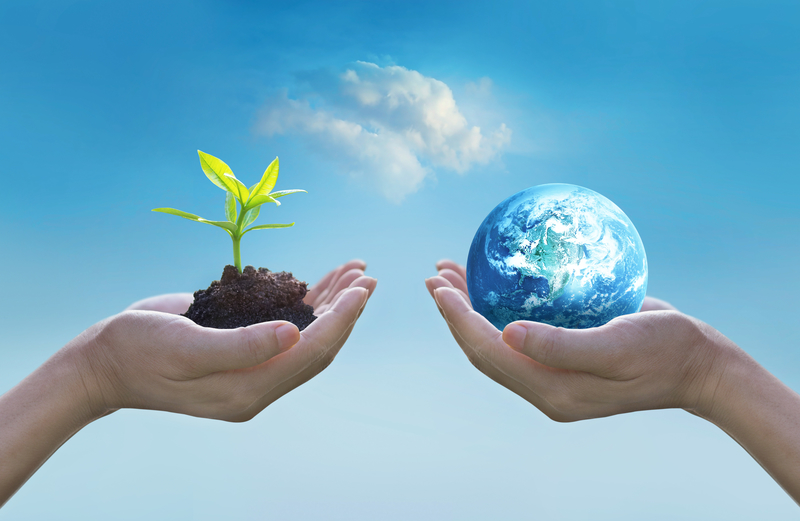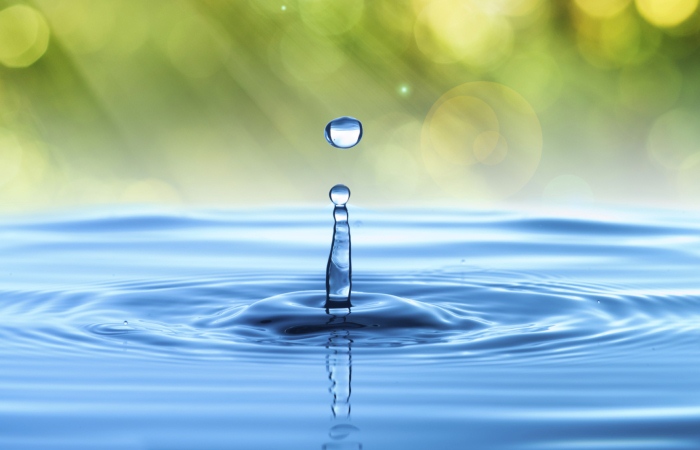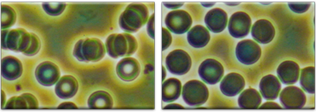Types of flows


Stable Water ClusterForming a Double Helix

Stable Water ClusterForming a Double Helix 1




More advanced research and documentation is available in publications on stable water clusters.

Our extensive research venture to achieve a comprehensive understanding of the molecular structure of water has resulted in what we have termed Double-Helix Water®

We do not claim health cures, however our research and testimonies point to the idea that drinking even a small amount of stable water cluster may positively effect health and healing.

Dr. Lo’s academic career spans the globe as a visiting faculty member and lecturer at leading institutions throughout the world.
